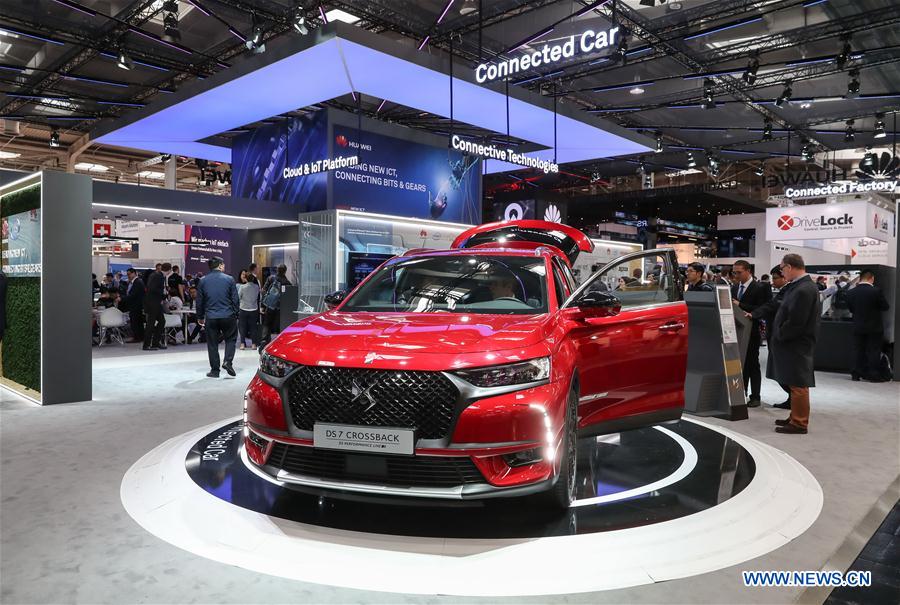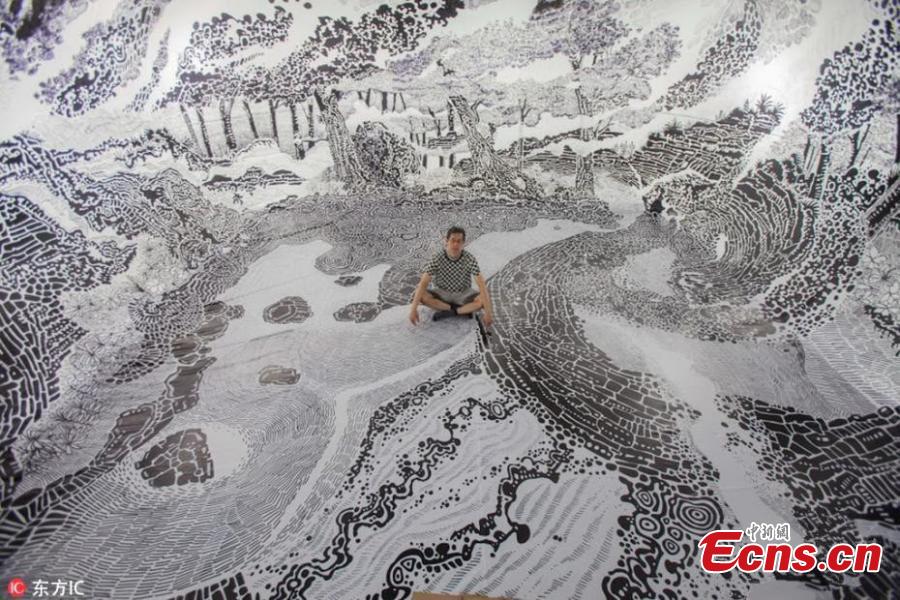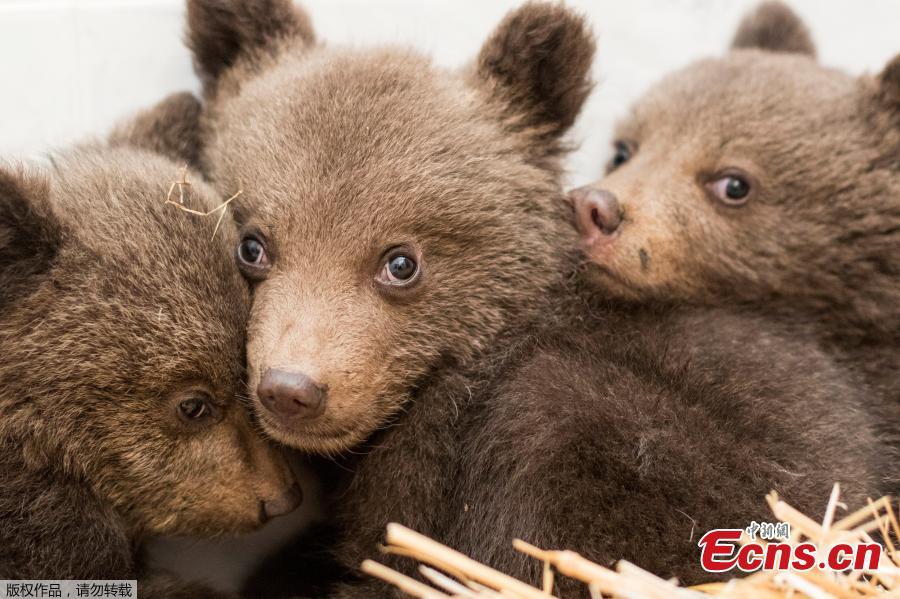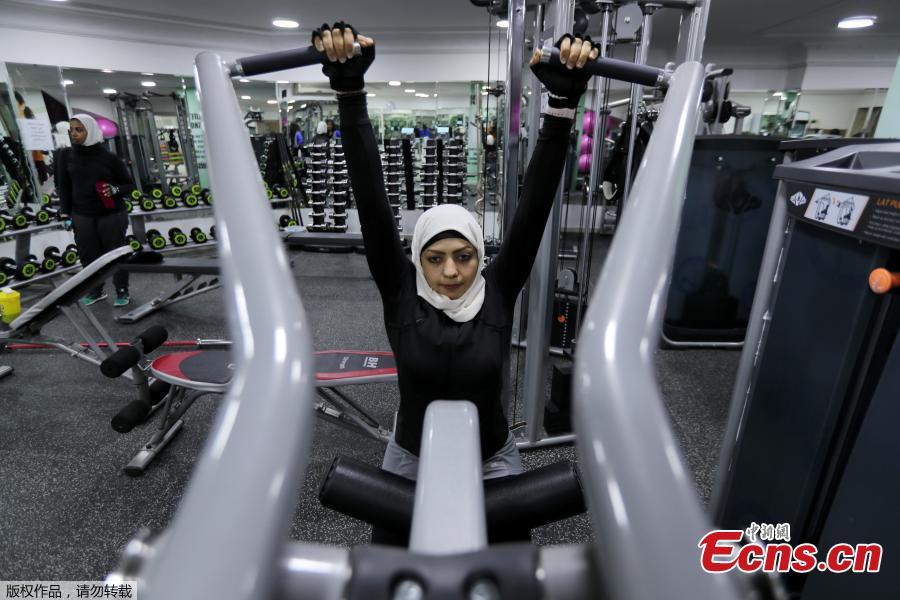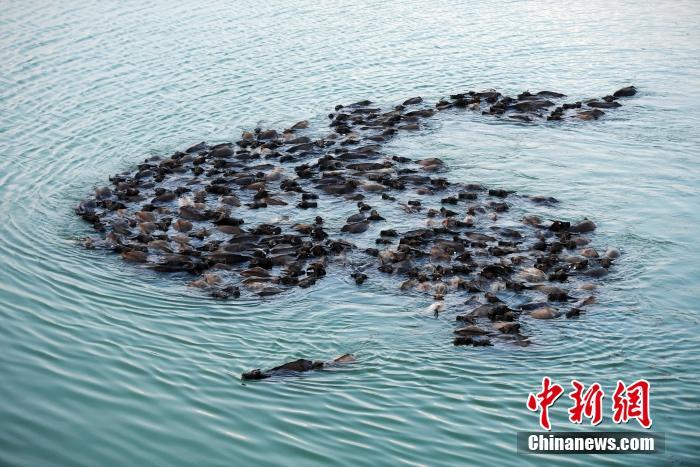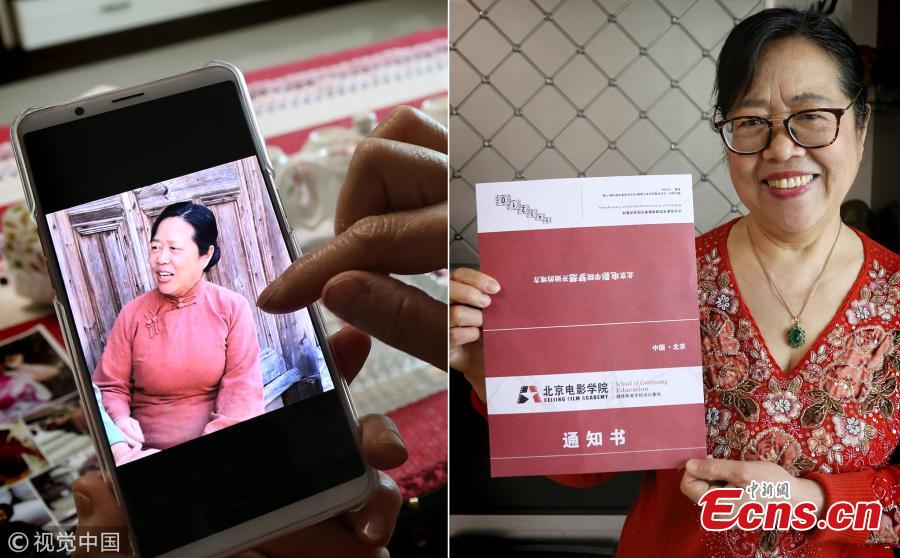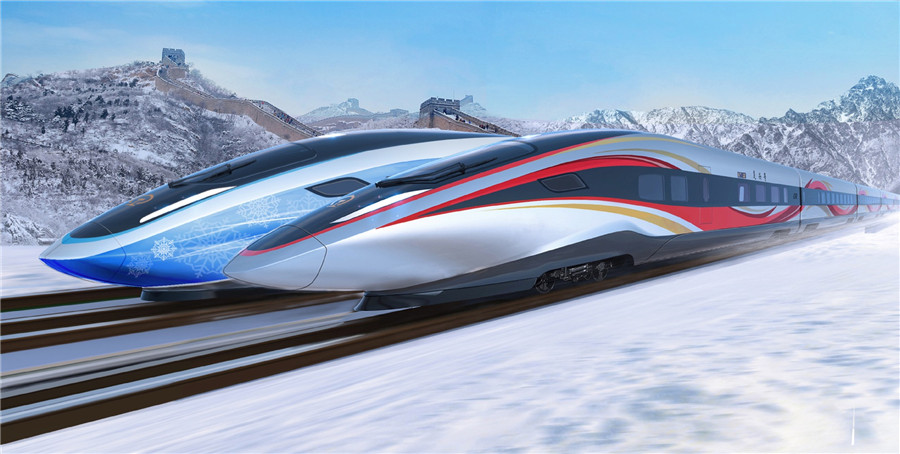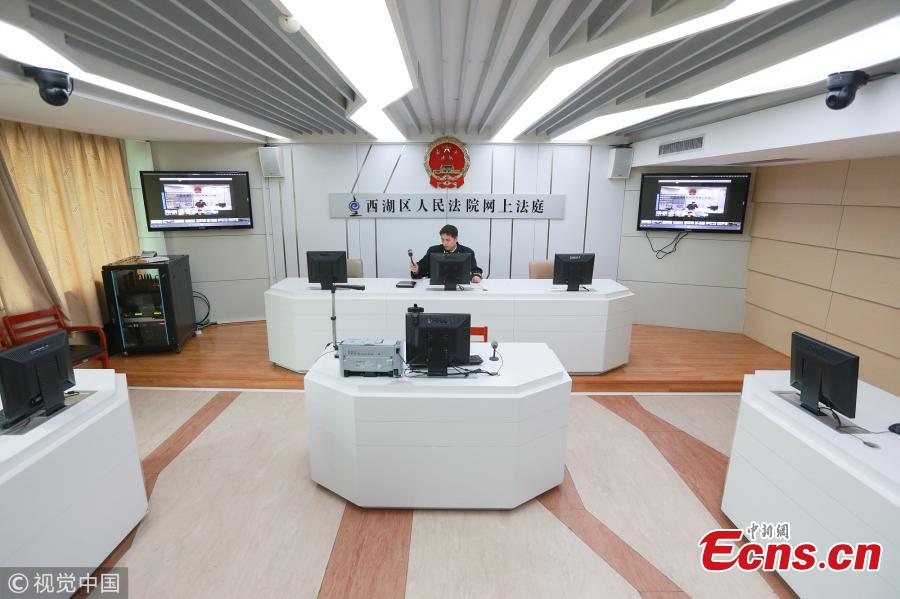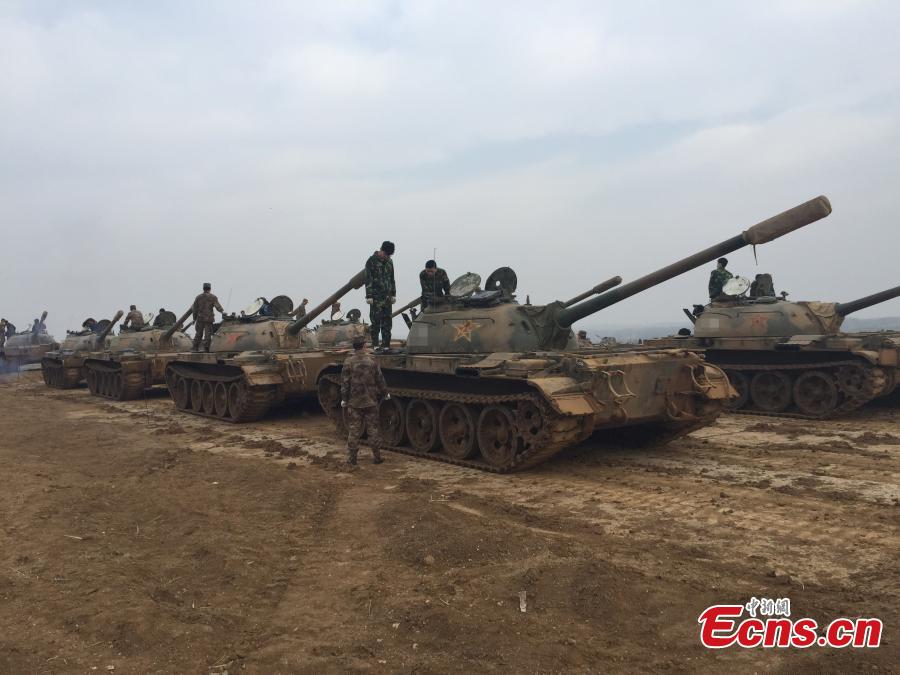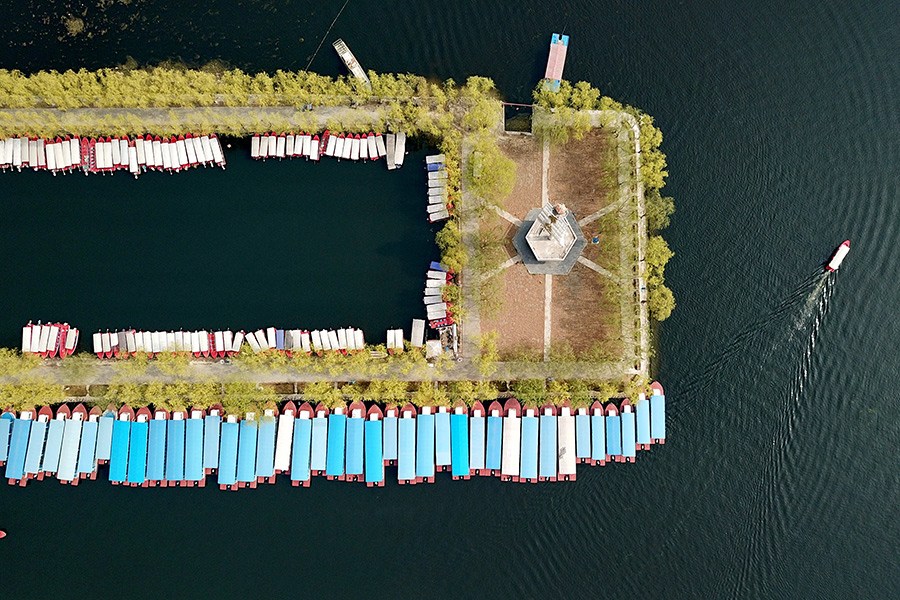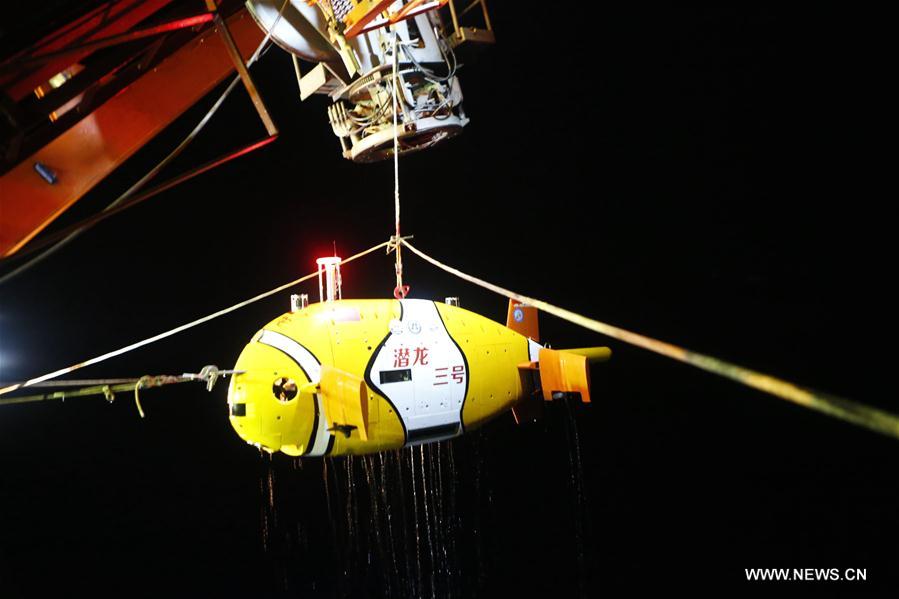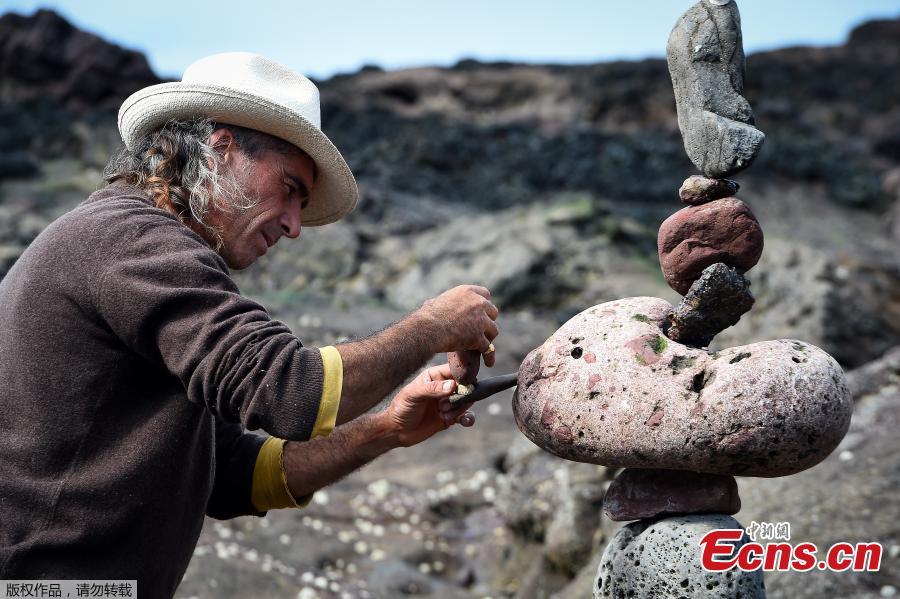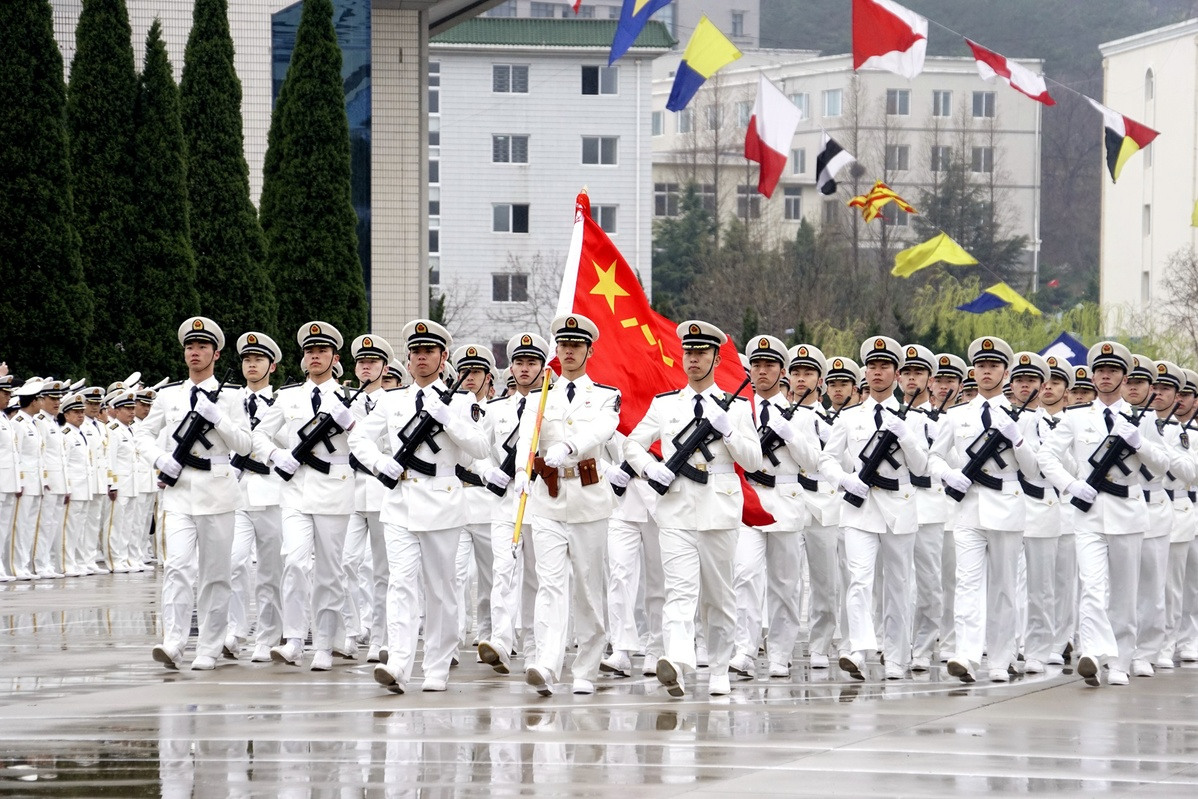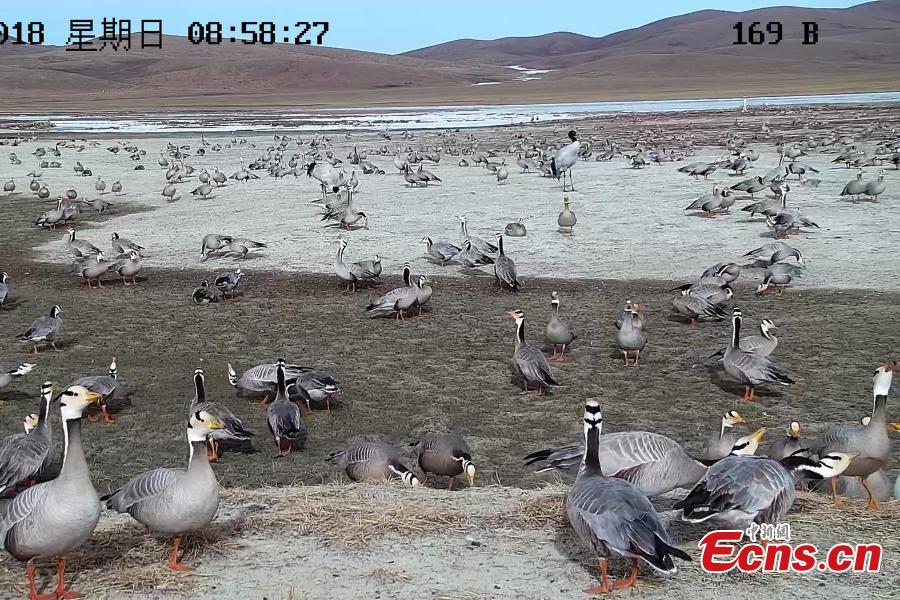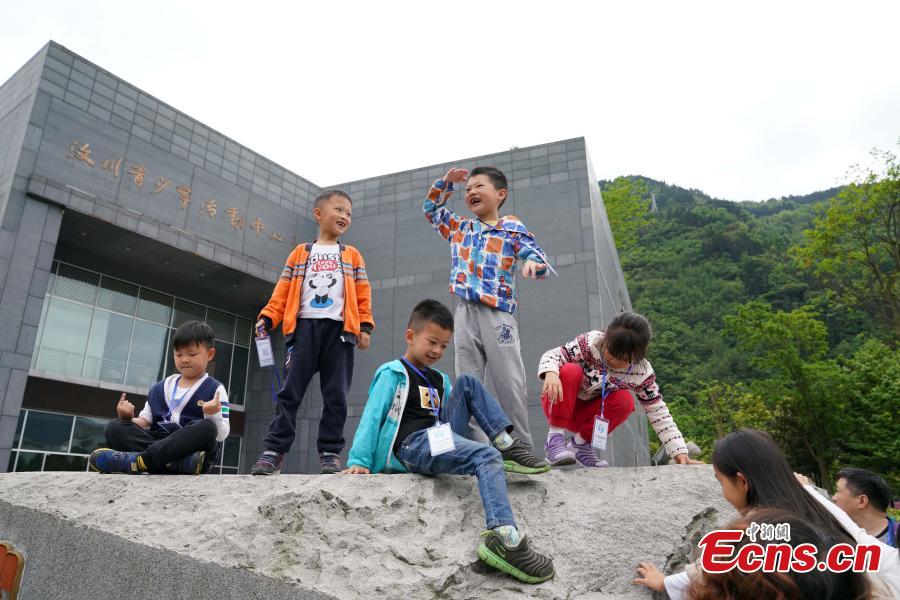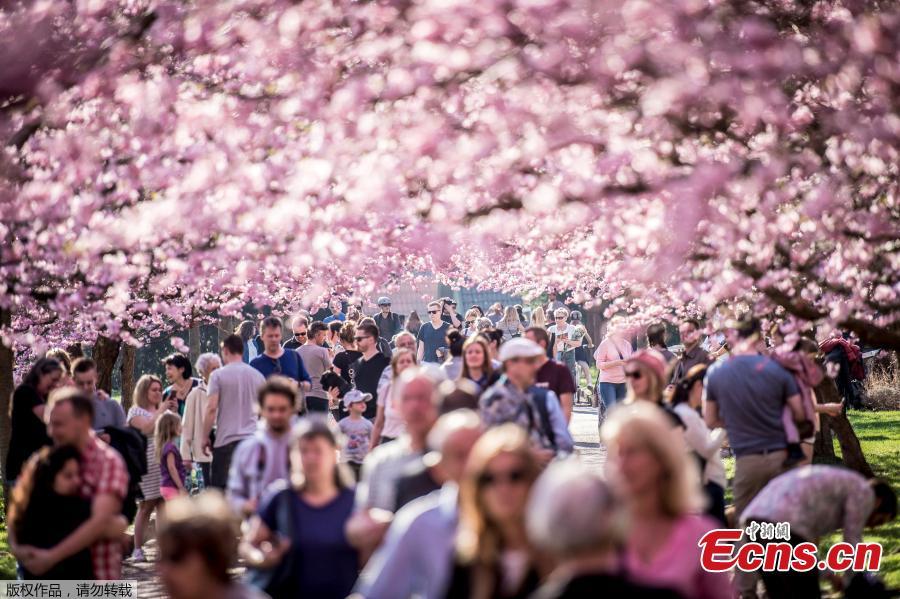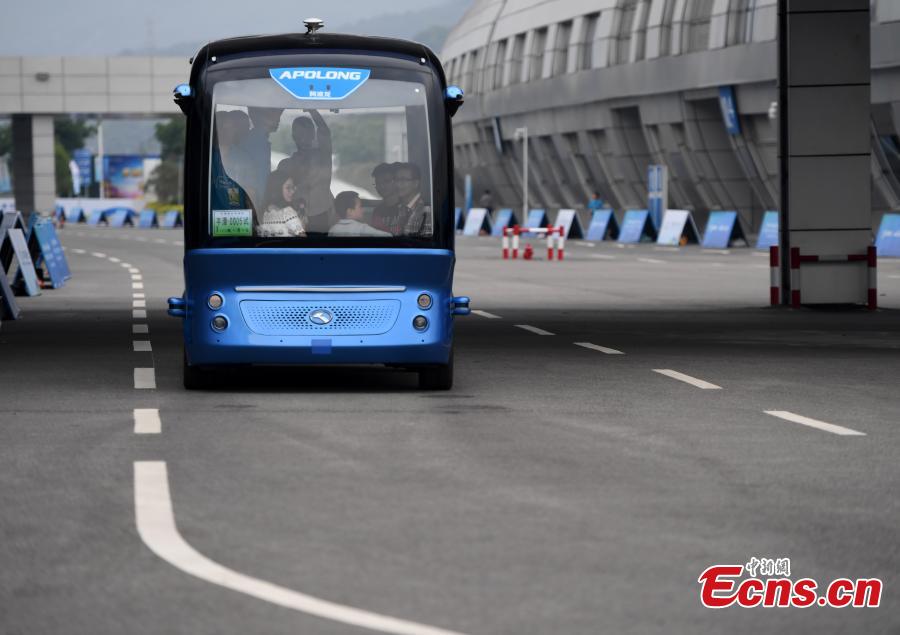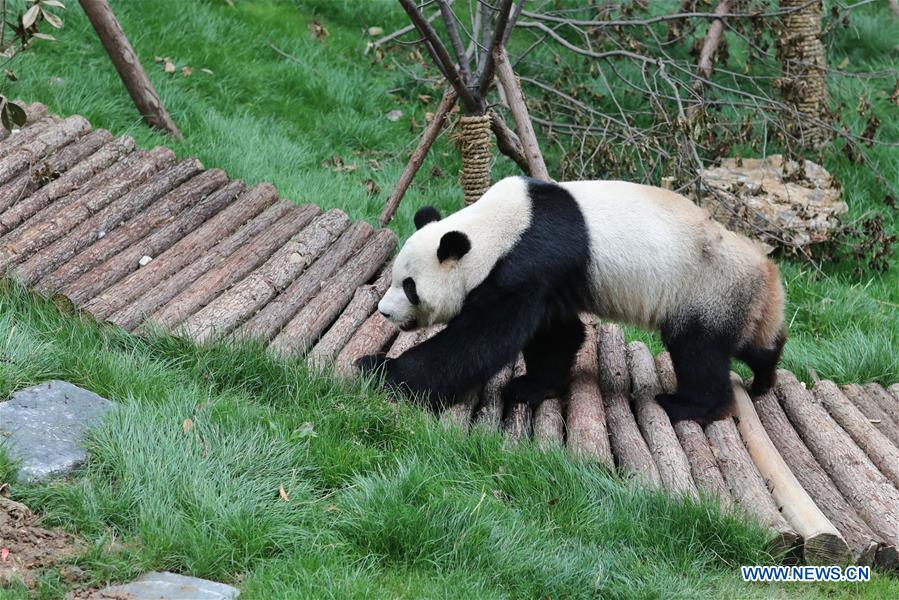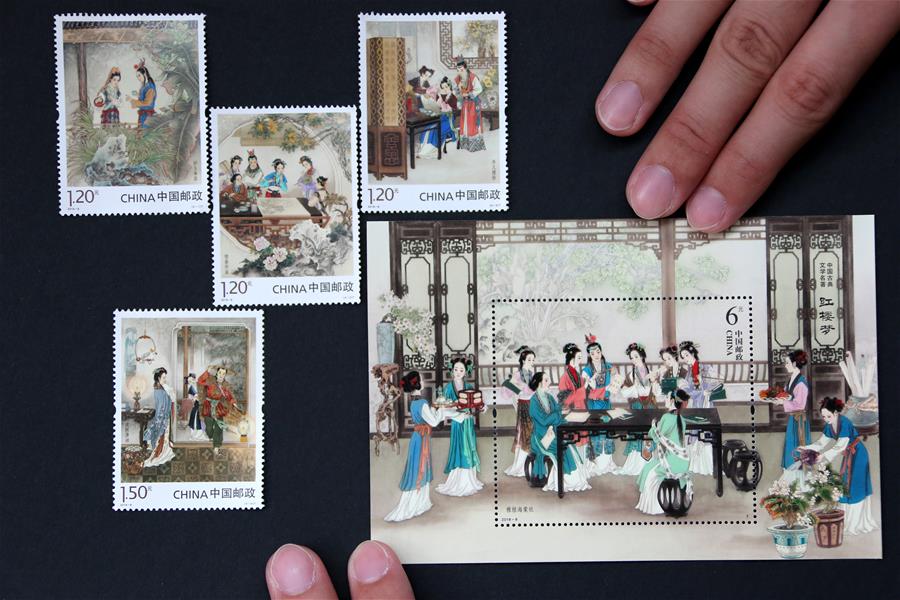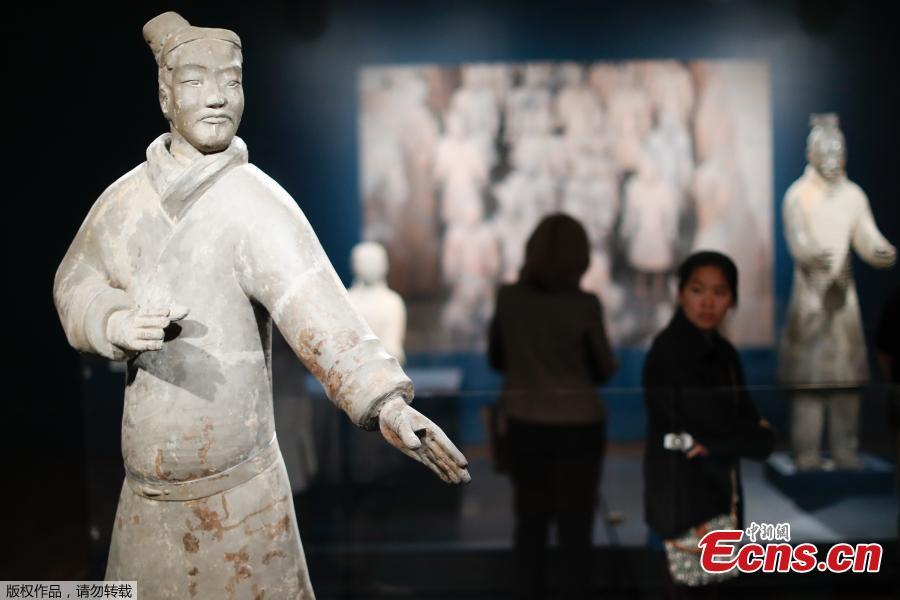Experts urge sector to reduce reliance on imported technology
China is fast-tracking the development of third-generation nuclear power plants both in terms of domestic design as well as nuclear projects under construction, a situation that experts said reflects the "sheer size" of State players that have abundant capital and the ability to absorb risks.
But as core nuclear technologies such as engines and primary pumps are still in the hands of foreign rivals, experts warned that domestic companies should scale up efforts to master such techniques to avoid encountering the plight of ZTE Corp.
The nuclear power industry in China has "made significant headway in recent years, with its advantages basically taking shape," read a report issued by the China Nuclear Energy Association (CNEA) on Monday. With regard to industry scale and business prospects, China has become a global center of third-generation nuclear power.
"China is the fastest-expanding nuclear power generator in the world, underscoring the huge potential of the country's nuclear sector at a time when traditional giants like the US are retreating," Lin Boqiang, director of the China Center for Energy Economics Research at Xiamen University, told the Global Times on Tuesday.
China has 20 nuclear power plants under construction, more than any other country, according to the CNEA report. By the end of 2017, the country had 37 reactors with installed capacity of 35.8 gigawatts (GW), ranking No.4 after the US, France and Russia.
The 20 include the Sanmen nuclear power plant constructed by China National Nuclear Corp and the Haiyang nuclear power reactor in East China's Shandong Province. Some of these are being jointly built by Chinese and foreign companies.
Chinese nuclear companies are also independently building the domestic third-generation reactor known as Hualong One, whose safety standards have achieved world-class levels, CNEA Secretary-General Zhang Tingke was quoted as saying in the report.
There are four domestic and foreign projects under construction using the Hualong One reactor, including two reactors in Karachi, Pakistan. Units 5 and 6 in Fuqing, East China's Fujian Province, as well as Units 3 and 4 of the Fangchenggang nuclear project in South China's Guangxi Zhuang Autonomous Region are also "progressing smoothly," Zhang noted.
More than 85 percent of the parts and components of nuclear reactors with installed capacity of more than 1 GW are supplied by domestic companies, the report said.
"China has an incomparable advantage in developing nuclear power — the sheer size of State-owned nuclear enterprises, which have long-term stability and rich financing sources to support research and development spending. They are also not as vulnerable to market risks as their private counterparts," Lin said. "The huge injection of capital at the initial stage could be balanced by quantity production in later phases, providing economic efficiency."
However, domestic companies still lack the ability to manufacture core parts, Han Xiaoping, chief analyst at energy industry website china5e.com, told the Global Times on Tuesday.
For example, "the engines of most reactors in China are imported from foreign rivals like France's EDF Group or Germany-based Siemens," Lin said. Domestic nuclear power plants still use the main pumps and control systems made by US manufacturers.
"Chinese companies should draw a lesson from ZTE's case… How can we expand nuclear power facilities with key technologies still owned by foreign competitors?" Han asked.
The growing use of nuclear power is crucial for China, which looks to reduce its reliance on coal while maintaining growth momentum. Coal now accounts for over 70 percent of the electricity generated in China, Han said.









